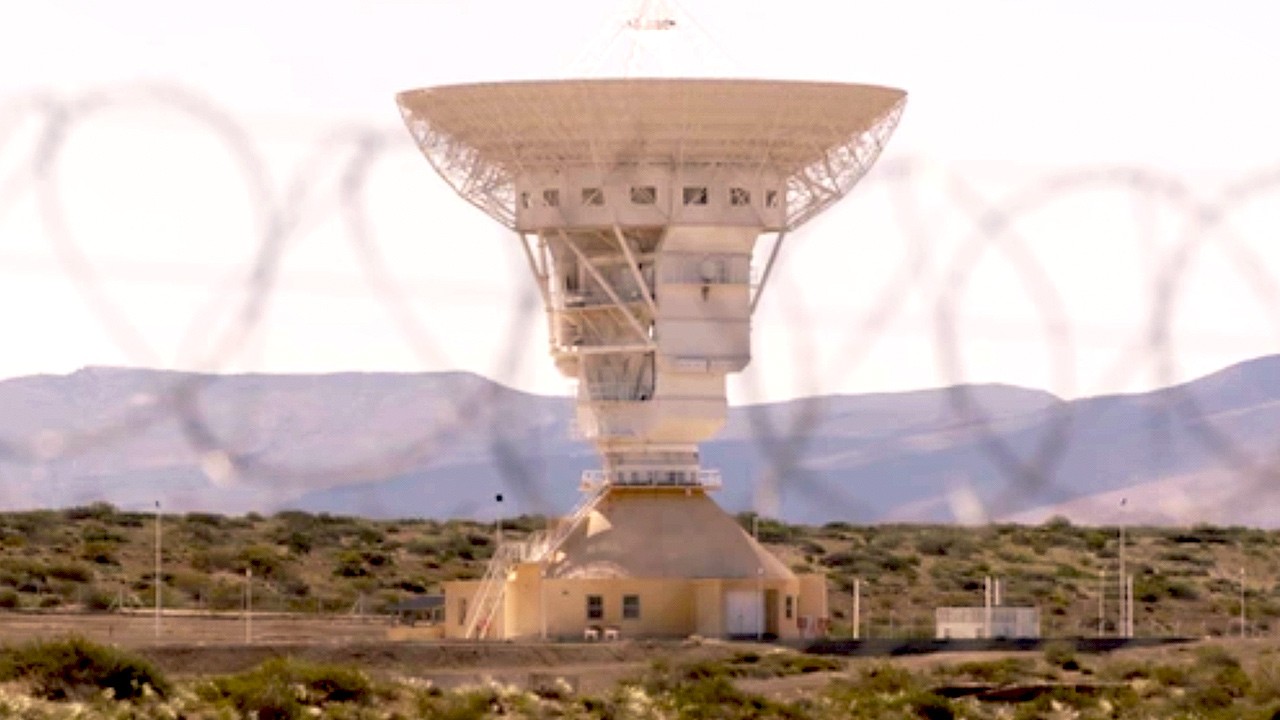People's Daily China
China is growing plants on the moon, the country’s space agency announced Monday.Seeds carried by the Chang’e 4 probe sprouted buds, marking the first time any biological matter had been grown on Earth’s satellite.The announcement is a significant milestone for space exploration, indicating that it may be possible for astronauts to grow their own supply of food on deep space missions to Mars and beyond.Plants have successfully been grown on the International Space Station in the past.The Chang’e 4 is carrying soil containing potato and cotton seeds, as well as yeast and fruit fly eggs. All are inside a self-contained biosphere, which scientists hope will show that an artificial, self-sustaining environment can thrive on the lunar surface. Cover image: A screen grab of the image released by the CNSA to the People's Daily in China of the seeds growing on the moon.
Cover image: A screen grab of the image released by the CNSA to the People's Daily in China of the seeds growing on the moon.
Advertisement
China became the first country to successfully land a robotic probe on the far side of the moon when the Chang’e 4 touched down on Jan. 3.The Yutu 2 rover has spent the past week exploring its surroundings, with the mission now moving onto its “scientific exploration phase,” according to Wu Yanhua, deputy director of the China National Space Administration (CNSA).The landing is part of China’s ambitious plans for space exploration, with the agency outlining Tuesday its timeline for future space exploration.
This includes the launch of a Mars probe next year and an update on its space station."China's space station is currently under construction and slated to be completed around 2022," Li Guoping, CNSA spokesperson, told a press conference Tuesday.As for the moon, China plans another mission later this year to bring back soil samples. Future moon missions will investigate the feasibility of building a research base on the satellite — including testing 3D printing technology to make it happen, Wu said.READ: China just landed on the far side of the moonHe also revealed that his colleagues had been in contact with their peers at NASA, sharing details about the Chang’e 4 mission and in particular details about how lunar dust moved during the landing.Wu called on NASA to work more closely on human space exploration, telling the state-run Global Times, that “such cooperation was in line with humanity's shared interests.”

